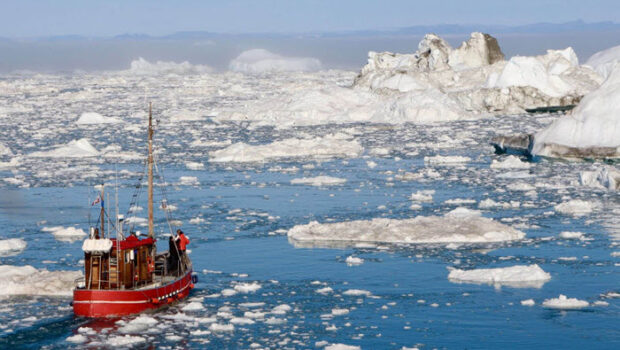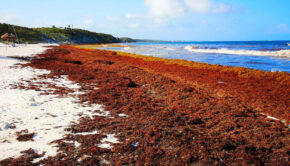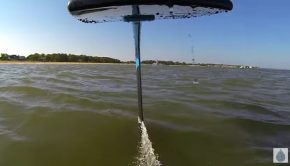How fast will sea levels rise?
Published on August 7th, 2023
The ocean scientists with the Waterlust Team seek to inspire and educate, with this report giving us a climate education:
How much ice existed on Earth at a specific time in its history is a hotly debated academic topic, like Jordan vs. Lebron or which state has the best craft beer (cough, Vermont)…and a new study is adding some fascinating evidence to the discussion.
But first, let’s recap some climate fundamentals.
The orbit of our planet around the sun changes over looong time periods for a variety of reasons (here is a nice explanation from NASA). These changes affect how much solar radiation we get, which affects our climate. During periods of less solar radiation, Earth can enter into ice ages, or ‘glacial periods’, and during periods of increased solar radiation, we experience less ice, or ‘interglacial periods’. If you want to go deeper into how and why, the peeps at NOAA got you covered.
Quick note, some annoying people often use the natural processes behind glacial and interglacial periods as ‘proof’ that climate change is not caused by humans. Don’t get us started. But to be thorough, it’s important to know that what we’re experiencing today cannot be explained by orbit wobbles alone.
Back to the ice.
With our planet rapidly warming and ice-free arctic summers on the doorstep, researchers thought it would be wise to study what Earth looked like during its last interglacial period by collecting cores of sediment beneath the Arctic’s thickest ice. And they discovered something pretty crazy, there were Atlantic critters present.
The finding suggests that during the last interglacial period, the Arctic was seasonally ice-free, allowing Atlantic waters to swoosh in.
Ummm, cool?
Okay, here is why this is a big deal. Back then, sea levels were WAY higher than they are now, like 20-30 feet higher! And since we know ice-free arctic summers are coming this century, does that mean that sea levels will rise faster than we had previously thought?









 We’ll keep your information safe.
We’ll keep your information safe.